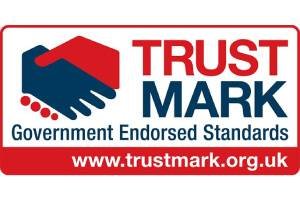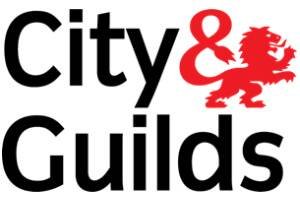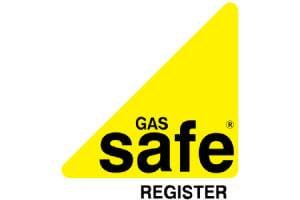
Knowing the EICR C1, C2, C3 classifications is essential for ensuring electrical safety in properties. Each code represents a different level of risk, with C1 indicating an immediate danger and C2 indicating dangerous conditions. On the other hand, C3 indicates areas that need improvement. Landlords and businesses must grasp these distinctions to ensure compliance and safeguard tenants.
Main Points
- Classifications of EICR C1, C2, and C3 denote the severity of electrical dangers, informing the necessary remedial actions required for safety compliance.
- Class 1 indicates an immediate risk that requires urgent action, whereas Class 2 signifies dangerous conditions that need prompt attention.
- Area C3 identifies areas for improvement, suggesting enhancements to electrical systems that can be addressed at a later date.
- Landlords must conduct EICR inspections every five years or when tenants change to maintain electrical safety and compliance.
- Not following EICR codes can result in legal consequences, financial penalties, and a higher risk of electrical dangers for tenants.
What Are C1, C2, and C3 in an Electrical Installation Condition Report?
When assessing electrical safety, it’s essential to grasp the classifications outlined in an Electrical Installation Condition Report (EICR).
According to the EICR, findings are categorised into three codes: C1, C2, and C3. A C1 code signals a “danger present” situation, requiring urgent remedial action to prevent risk. Code C2 indicates dangerous conditions that require urgent attention but do not pose an immediate risk.
On the other hand, a C3 code indicates “improvement recommended,” meaning the electrical installation is safe, but there are areas where improvements could boost safety or efficiency. Knowing these classifications helps property owners and managers prioritise repairs and maintenance effectively, ensuring compliance and protecting occupants from electrical dangers.
How C1, C2, and C3 EICR Codes Affect Compliance and Safety
Recognising the importance of EICR C1, C2, C3 codes is essential for landlords and businesses, as these classifications have a direct impact on safety, liability, and regulatory compliance. The EICR (Electrical Installation Condition Report) offers a framework for assessing electrical installations to ensure they meet safety standards.
For landlords, sticking to these codes not only safeguards tenants but also reduces the risk of legal issues arising from electrical threats.
For businesses, adhering to EICR codes is significant for maintaining operational integrity and a strong reputation. A safe electrical environment boosts employee confidence and increases productivity. Furthermore, regular inspections can help prevent costly downtime due to electrical failures.
Ultimately, grasping and implementing EICR C1, C2, and C3 codes is integral to a safe environment, effective risk management, and maintaining the trust of tenants and customers alike.
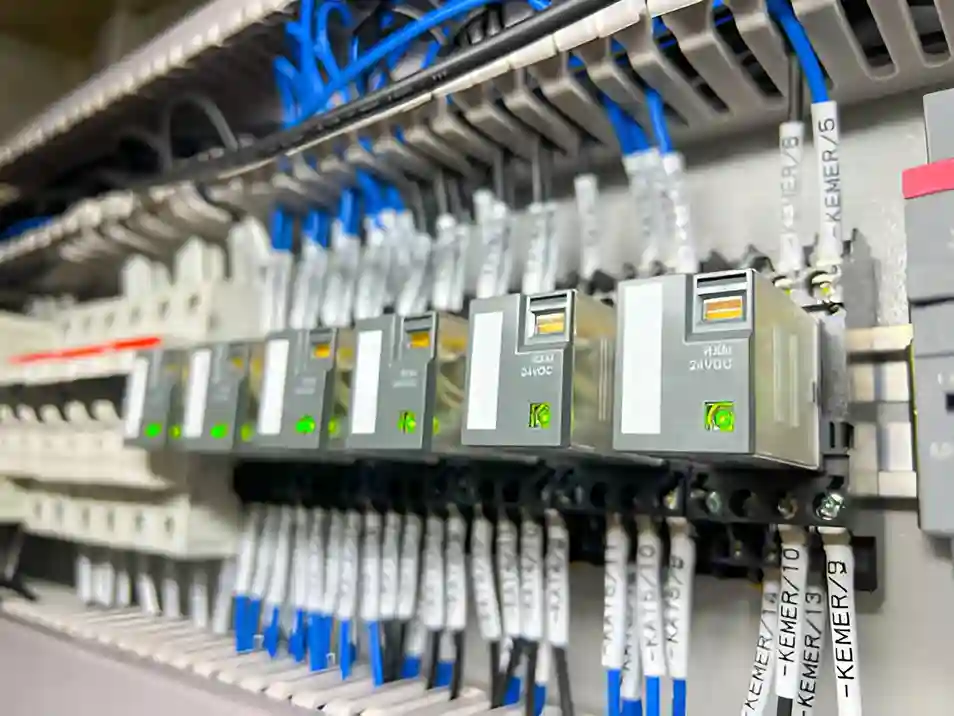
EICR C1 Explained: Immediate Electrical Danger and What It Means
Class C1 is an integral category within the Electrical Installation Condition Report, indicating an immediate danger situation that requires urgent attention. This category identifies situations where there’s a risk of electric shock, fire, or other unsecure situations that could pose significant threats to people or property.
When an EICR report shows a C1 rating, immediate action is required to rectify the dangerous conditions.
Failure to address these issues promptly can lead to serious consequences, such as accidents or legal liabilities for property owners. Therefore, landlords, businesses, and homeowners must take C1 classifications seriously and hire qualified electricians to address the determined risks. By following electrical safety standards, not only are people protected, but the overall safety of the environment is also improved.
EICR C2 Explained: Dangerous Electrical Issues
After identifying C1 issues that need urgent attention, the EICR C2 classifications pinpoint electrical problems that, although not an immediate threat, could become serious dangers if not addressed.
These issues pose a level of concern that demands attention and remediation to ensure the ongoing safety of electrical systems. Common examples of C2 classifications include worn wiring, loose electrical connections, and insufficient bonding or earthing.
Although these problems might not pose an immediate threat, they can lead to more serious risks, such as electrical shocks or fires, over time. By identifying and fixing C2 issues, property owners can help keep a safe environment and prevent costly repairs or accidents in the future.
Address these concerns quickly to safeguard both property and individuals from electrical dangers.
EICR C3 Explained: Improvements Recommended for Electrical Safety
Classifying a property as EICR C3 identifies areas where electrical safety can be improved. Although these areas are not considered dangerous, the recommendations aim to reduce risks and ensure compliance with safety standards.
- Upgrade outdated wiring: Replacing old wiring can prevent faults and improve system reliability.
- Install RCDs (Residual Current Devices): RCDs enhance protection against electric shocks and reduce fire risks.
- Guarantee proper earthing and bonding: Adequate earthing prevents electrical shock and guarantees safety during faults.
- Replace damaged or worn-out fixtures: Guaranteeing that all fixtures are in good condition minimises electrical risks.
Key Differences Between EICR C1, C2 C3 and How They Affect You
Understanding the distinctions between EICR classifications C1, C2, and C3 is primary for both property owners and tenants. These classifications indicate the severity of electrical issues found during inspections and guide necessary actions for safety.
| Classification | Description |
|---|---|
| C1 | Immediate danger; requires urgent action. |
| C2 | dangerous; requires remedial action. |
| C3 | Improvement recommended; not dangerous, but needs attention. |
Class C1 represents an urgent risk, requiring immediate repairs to prevent threats. Class C2 indicates a risk that needs attention but does not necessitate immediate action. Class C3 suggests that improvements are advisable, although the current situation poses no immediate danger. Recognising these differences helps inform property management decisions and ensures the safety of all occupants.
What Happens If Your EICR Has C1, C2, or C3 Codes?
What steps should property owners take when confronted with EICR classifications of C1, C2, or C3? Grasping these classifications is integral for ensuring electrical safety.
- Immediate Attention for C1: C1 indicates an immediate danger; property owners must act swiftly to rectify the issues.
- Plan Remedial Actions for C2: C2 denotes electrical threats that require timely resolution; owners should schedule repairs without delay.
- Monitor C3 Issues: C3 signifies improvements recommended for safety; while not urgent, addressing these is advisable to enhance overall electrical safety.
- Consult a Qualified Electrician: Regardless of the classification, seeking professional advice is essential to guarantee compliance with safety standards.
How to Fix Problems Highlighted in EICR C1, C2, C3 Reports
The first step is to interpret the codes correctly: C1 indicates an immediate risk that requires urgent action, C2 signals unsecure conditions that need to be addressed, and C3 indicates improvements that are non-urgent.
For C1 issues, immediate repairs or replacements should be organised to reduce dangers. C2 findings should be prioritised for remediation to prevent further complications. Schedule C3 items for future improvements to boost overall safety.
Engage a qualified electrician to carry out these corrections, as they can provide the necessary expertise and documentation to ensure compliance.
Legal Responsibilities Around EICR C1 C2 C3 for UK Landlords
Although UK landlords are required to ensure the safety of their properties, the legal responsibilities associated with EICR C1, C2, C3 reports are particularly vital. Compliance with these codes not only safeguards tenants but also shields landlords from legal consequences.
Here are four key responsibilities:
- Conduct Regular Inspections: Landlords must guarantee that EICR inspections occur at least every five years or upon a change of tenancy.
- Address Safety Issues: Prompt action is required for any C1 or C2 codes, which indicate immediate or possible danger.
- Provide Documentation: Landlords are legally obligated to provide tenants with a copy of the EICR report within 28 days of completion.
- Maintain Records: Keeping detailed records of inspections and actions taken is essential for compliance and accountability.
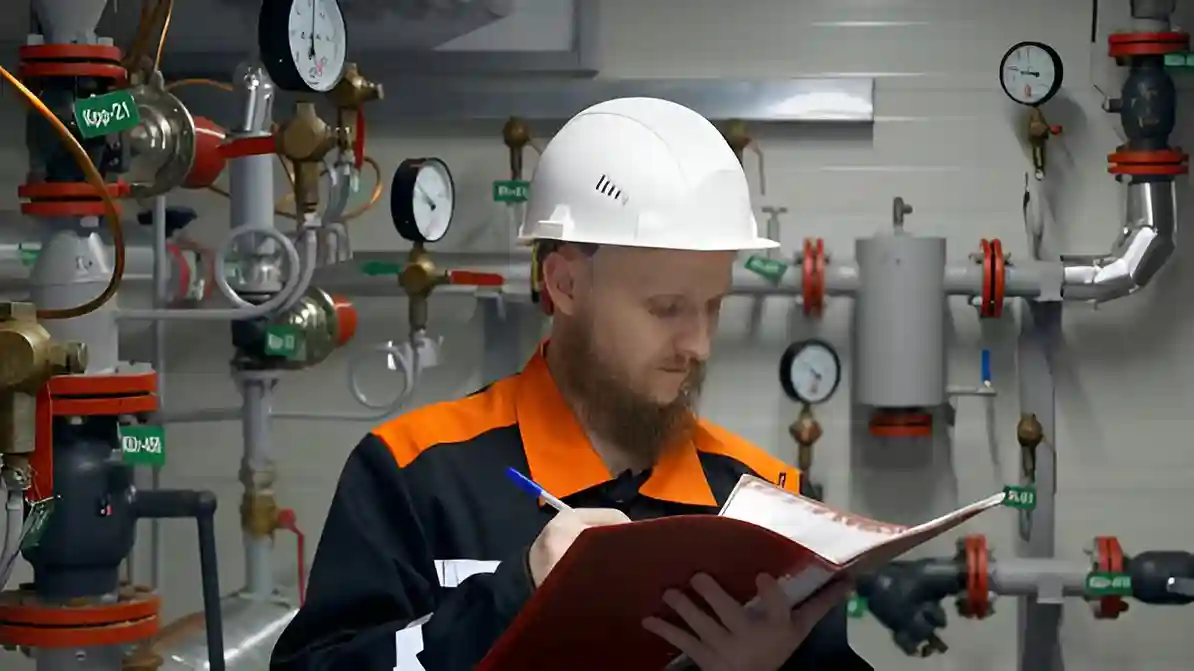
EICR C1 C2 C3 and Tenant Safety
Ensuring compliance with EICR C1, C2, and C3 codes is fundamental for safeguarding tenants’ safety and preventing unsafe situations in rental properties. These codes classify electrical faults by severity, with C1 indicating an immediate danger, C2 representing dangerous conditions, and C3 referring to recommended improvements that aren’t urgent.
Following these classifications enables landlords to identify and address risks effectively, thereby safeguarding tenants from electrical threats such as shocks or fires. Landlords who prioritise electrical safety demonstrate their commitment to responsible management, thereby building a trustworthy relationship with their tenants.
Ultimately, grasping and applying EICR C1, C2, and C3 codes is significant in establishing a safe living environment, which significantly reduces the risk of accidents and the ensuing legal implications arising from electrical failures.
Costs Involved in Resolving EICR C1, C2 C3 Electrical Faults
Fixing EICR C1, C2, C3 electrical faults comes with various costs that landlords need to factor in to ensure compliance and tenant safety. Dealing with these issues typically requires some financial planning and forward thinking, as the costs can add up quickly.
Key costs include:
- Inspection Fees: Hiring a qualified electrician for an initial EICR assessment can range from £100 to £300, depending on property size.
- Repair Costs: Fixing identified issues may cost anywhere from £50 to several thousand pounds, depending on the severity and complexity.
- Replacement Parts: Purchasing new electrical components, such as circuit breakers or wiring, can add significant costs, often exceeding £200.
- Follow-Up Inspections: A re-inspection to guarantee compliance after repairs typically incurs additional fees, averaging £100.
Recognising these costs is necessary for landlords to budget effectively for electrical safety and ensure a safe living environment for their tenants.
Common issues That Lead to C1, C2, C3 Findings
Electrical faults that can lead to EICR findings, such as C1, C2, and C3, often arise from various common problems in residential and commercial properties.
| Issue | Description | EICR Classification |
|---|---|---|
| Outdated Wiring | Ageing wiring can cause shorts and overheating. | C1 |
| Improper Grounding | Inadequate grounding increases shock risk. | C2 |
| Faulty Circuit Breakers | Malfunctioning breakers can lead to overloads. | C2 |
| Damaged Insulation | Worn insulation can expose wires, posing a danger. | C1 |
Recognising these common electrical problems enables timely intervention and repair, ensuring compliance with safety regulations. Regular inspections can help spot these faults early, preventing possible risks and expensive repairs.
Frequently asked questions.
Conclusion
Understanding C1, C2, and C3 codes in an EICR is fundamental for protecting tenants and safeguarding electrical safety. By understanding the implications of each code, landlords and businesses can focus on essential actions, enhance tenant safety, and remain compliant with legal standards. Ultimately, adhering to these safety codes helps create a secure living environment for all residents.


